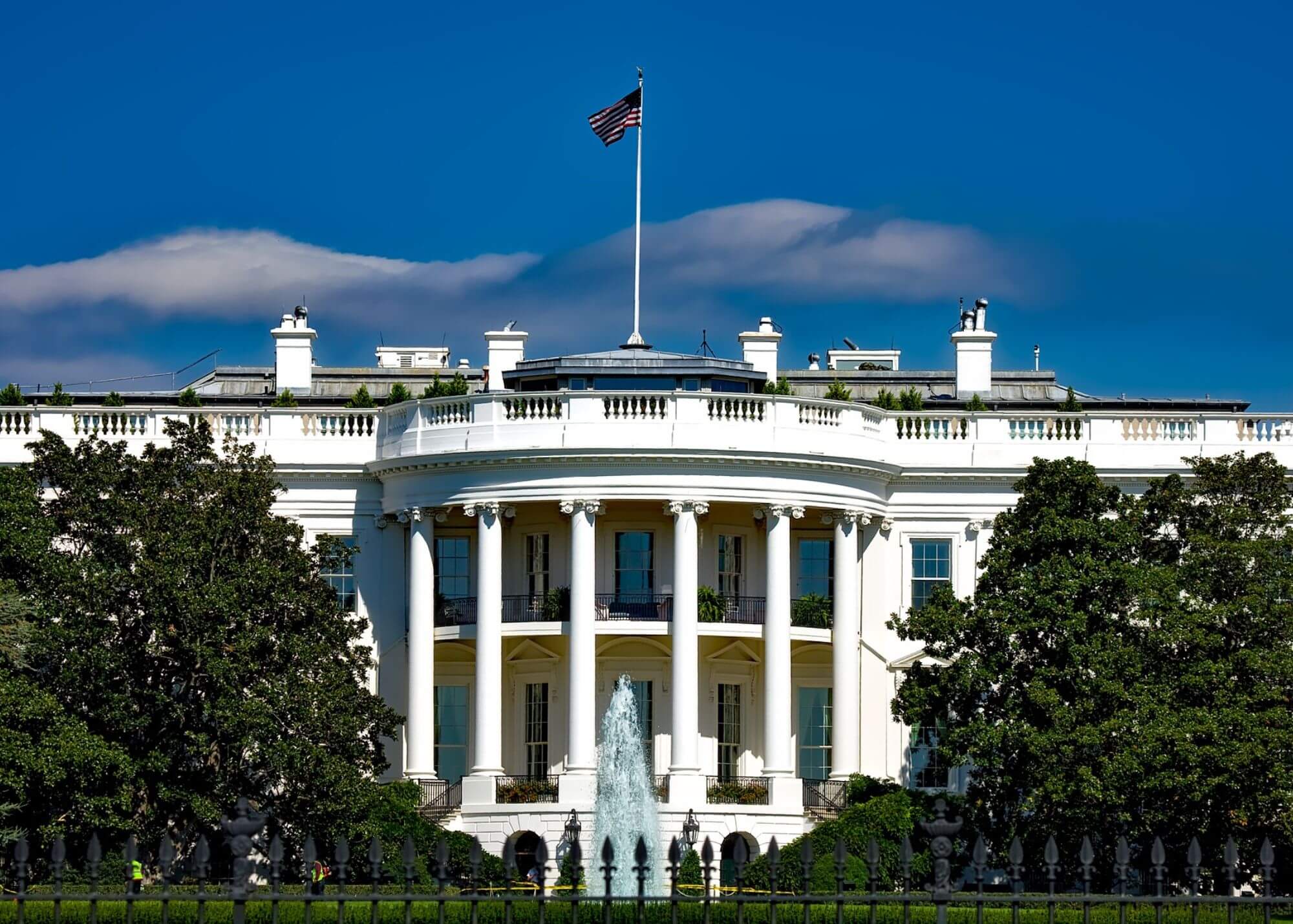Concetta analyses Donald Trump’s presidency in the US, examining his ability to bring unity or deepen divisions amid polarized issues and legal challenges, exclusively for Different Truths.
The 2024 U.S. presidential election has wrapped up with Donald Trump set to return to the Oval Office. As the dust settles, Americans are facing a political landscape more polarized than ever. This election outcome was anticipated by some as a “comeback victory” for Trump, echoing his 2016 campaign themes, but with a sharper edge after his previous term. His success speaks to the resonance of his messaging with millions of voters, especially on issues like inflation, immigration, and the direction of the American economy.
One of the central issues during the campaign was the economy. With inflation concerns at an all-time high, many Americans are feeling the pinch at the grocery store and gas pump. Trump’s platform centered around “America First” economic policies, which promised to bring down inflation and prioritize domestic manufacturing. The approach garnered significant support, particularly from middle- and working-class voters who feel left behind by recent economic shifts. By pledging tariffs on foreign goods and cutting taxes, Trump has reignited a conversation about economic nationalism that appeals strongly to his base.
Stricter Immigration Policies
Immigration, too, was a critical point of contention. Trump’s stance on a fortified border and stricter immigration policies found traction with voters worried about immigration’s impact on jobs and local resources. This focus on securing the southern border was in stark contrast to Democratic candidates, who promoted a more open, humanitarian approach. Trump’s proposals, which include renewed efforts to complete the border wall, underscore a policy pivot back to his original 2016 promises.
Cultural issues were equally pivotal. Trump’s campaign strategy tried to walk a fine line by opposing a national abortion ban while appealing to conservatives on other social issues, such as education and parental rights. His ability to address these concerns without alienating too many moderate conservatives played a significant role in his win. However, his stance on these issues has left Democrats and more liberal Americans anxious about potential rollbacks on social policies from the previous administration.
This election outcome has also shifted Congress, with Republicans projected to retain or increase their power In the Senate. This could set up the Trump administration for more streamlined policy enactments, allowing him to quickly push forward on his pledges. However, while he may have legislative support, Trump faces an uphill battle in uniting a divided nation. His legal challenges and high-profile court cases are still looming, adding an extra layer of tension to an already fraught transition period.
Will Divisions Deepen?
As Trump prepares to take office again, the question remains whether he can bring the country together or whether the divisions will deepen further. His administration’s first 100 days will likely set the tone, particularly if he pursues aggressive policy changes. With a Congress more inclined to back his agenda, Trump may have a unique opportunity to deliver on his promises, but the challenge of national unity will remain one of his administration’s greatest tests.
Only time will tell how effectively Trump can lead a country with such divided ideals, but for now, America braces for what promises to be a consequential four years ahead.
Sources
1. “Donald Trump Wins 2024 U.S. Election,” PolitiFact.
2. “What Trump’s Victory Means for Policy and the Economy,” Associated Press.
Picture design by Anumita Roy






 By
By
 By
By
 By
By
 By
By